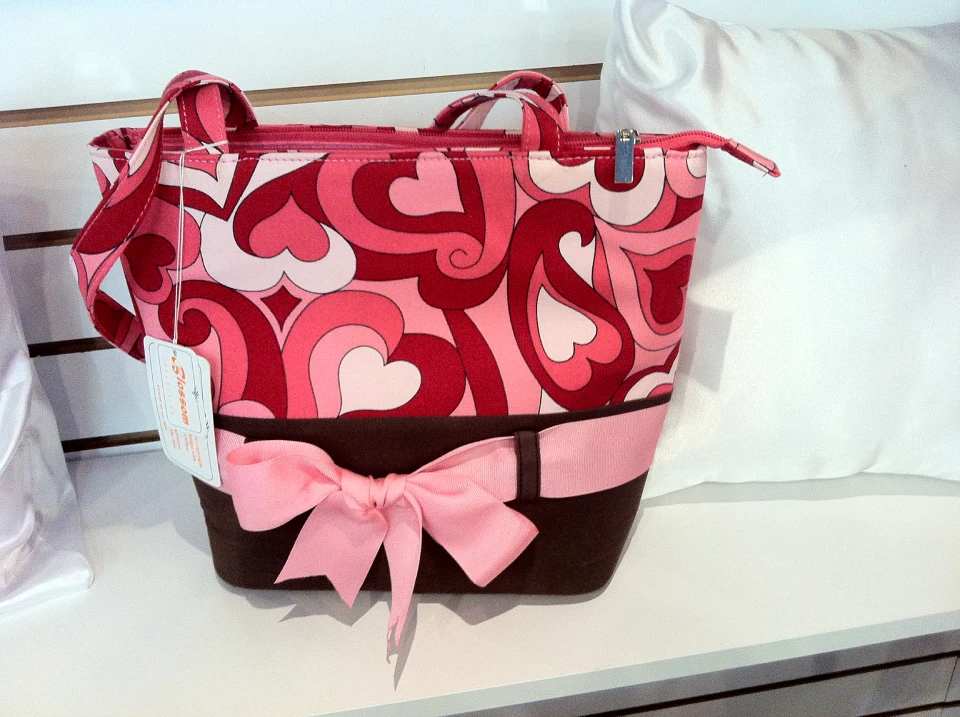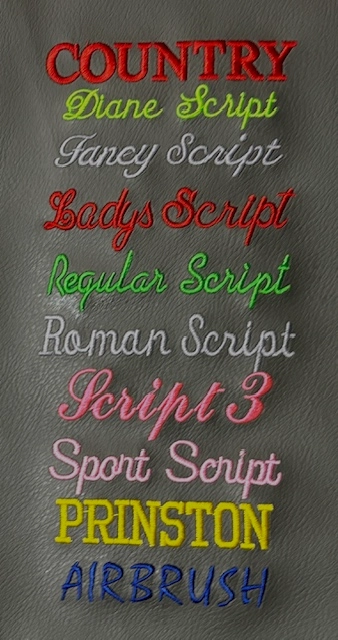The Art of Custom Embroidery: Unlocking the Secrets to Creating Distinct and Remarkable Layouts
The keys to producing custom needlework designs that astound the eye and leave an enduring impression lie in a fragile balance of strategy, creative thinking, and attention to information. As we dig into the world of customized needlework, we reveal the nuanced interaction between string choice, stitch intricacy, and design customization that elevates a mere garment to a job of art.
Selecting the Right Needlework Threads
When picking needlework strings, what crucial aspects should you take into consideration to make certain the ideal outcomes for your personalized layouts? The option of embroidery thread is crucial in determining the last end result of your stitched style.
Thicker threads can include dimension and appearance to your style, while finer strings are suitable for elaborate information and little message. Furthermore, considering the color fastness and washability of the thread is vital to ensure that your personalized styles keep their quality and vibrancy over time.
Exploring Various Stitch Methods
To delve right into the realm of 'Exploring Different Stitch Strategies', one should realize the complexities and subtleties that each stitching technique offers the art of embroidery. Different stitch strategies not just add visual interest however additionally contribute to the overall structure and measurement of the design. One prominent stitch method is the satin stitch, which entails closely jam-packed parallel stitches to develop a smooth and glossy surface, suitable for completing forms and creating strong lays out.
On the other hand, the backstitch is a versatile method frequently utilized for detailing and including great information. It involves stitching backward to create a solid line of embroidery. Furthermore, the French knot stitch includes a responsive component to layouts, excellent for developing distinctive accents like blossom facilities or decorative touches.
Exploring different stitch methods permits embroiderers to have fun with light, shadow, and depth within their styles, raising the visual charm and creative quality of their embroidery projects. By mastering various sewing methods, one can open countless opportunities for developing special and remarkable custom-made needlework pieces.
Incorporating Personalized Design Elements
Having actually discovered the ins and outs of various stitch methods such as the satin stitch, backstitch, and French knot, the focus currently changes in the direction of including personalized layout aspects in customized embroidery tasks. Individualized style elements play an essential role in making needlework jobs absolutely one-of-a-kind and unforgettable. One way to include customization is by adding initials, names, or substantial days to the design. This not just adds a personalized touch yet likewise enhances the sentimental value of the needlework piece.
Another method to incorporate personalized More Help design elements is by including symbols or motifs that hold special definition to the recipient or mirror their passions and personality. Incorporating a favorite flower, animal, or hobby-related icon can make the needlework design much more purposeful and customized. Additionally, choosing shades that resonate with the recipient or line up with the desired style can even more enhance the personalization of the needlework project.
Mastering the Art of Shade Control

One key element of shade coordination is recognizing shade theory. This consists of recognizing how different shades interact with each other, the emotions they share, and how they can be integrated to develop aesthetically appealing styles. By using shade concept principles, embroiderers can create harmonious shade schemes that boost the overall appearance of the design.
Furthermore, focusing on comparison is important in shade control. Making use of contrasting shades can help certain aspects of the style pop, boost readability, and develop an aesthetically dynamic embroidery piece. By mastering the art of color control, embroiderers can boost their layouts and create memorable pieces that resonate with customers and viewers alike.
Enhancing Texture With Advanced Embroidery Stitches

French knots, for instance, are excellent for including tiny, raised dots to your design, mimicking the appearance of beads or creating a textured surface. Bullion knots, on the other hand, can be used to create twisted, ropelike elements that add a lavish feeling to the needlework. Seed sewing entails little, scattered stitches that can load in locations with a polychromatic appearance, while turkey job produces fluffy, dimensional accents reminiscent of animal hair or vegetation. Trying out with these sophisticated embroidery stitches allows you to push the borders of typical needlework and produce really distinct hans tailor and visually enticing appearances in your styles.
Verdict
In final thought, the art of personalized needlework involves a mix of selecting the right strings, exploring numerous stitch methods, incorporating tailored style components, grasping shade sychronisation, and boosting texture with innovative stitches. By comprehending and implementing these crucial elements, embroiderers can produce unique and unforgettable designs that showcase their creative thinking and skill. Needlework enthusiasts can unlock the keys to creating stunning and bespoke pieces that attract attention and leave a long lasting impact.